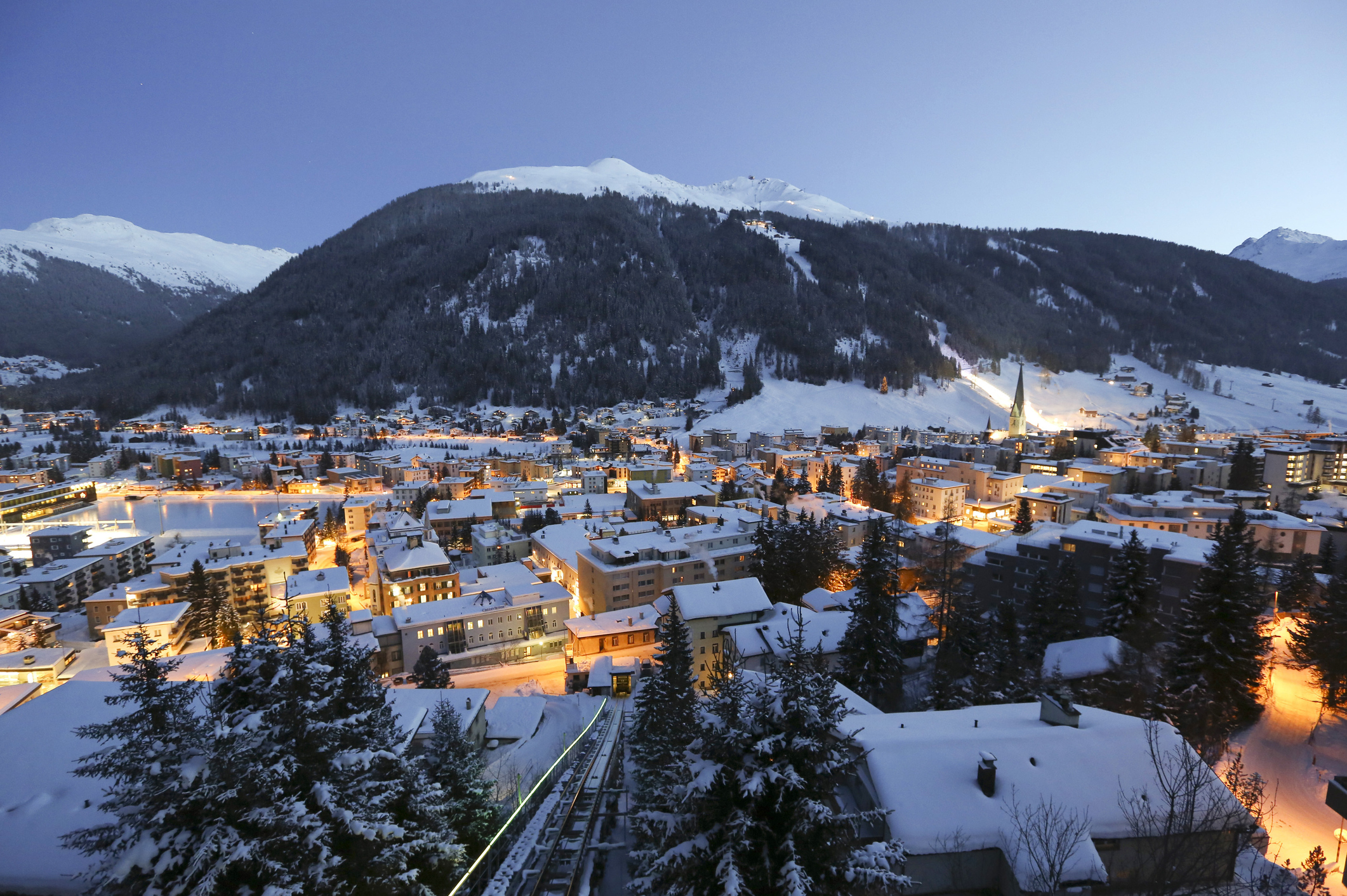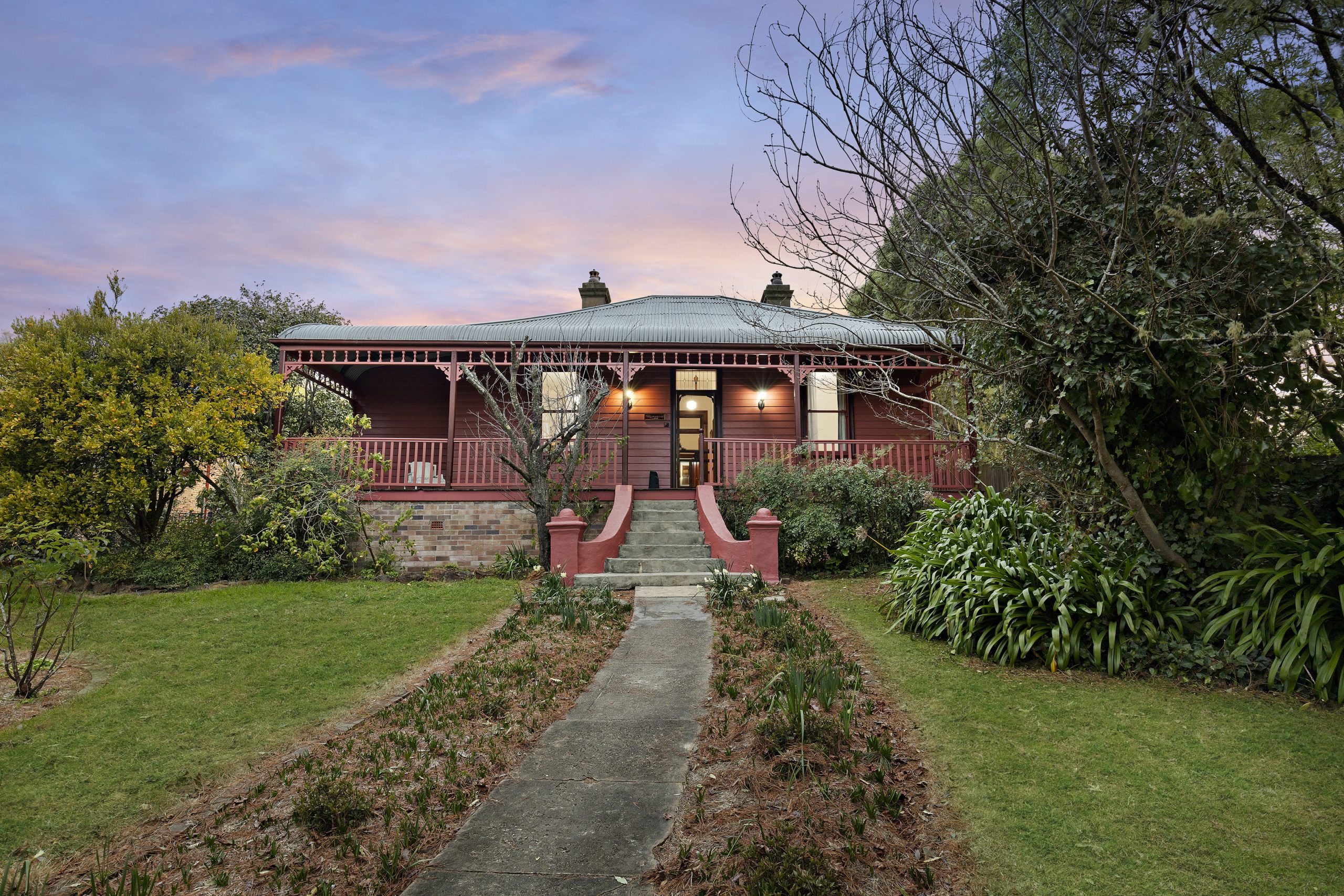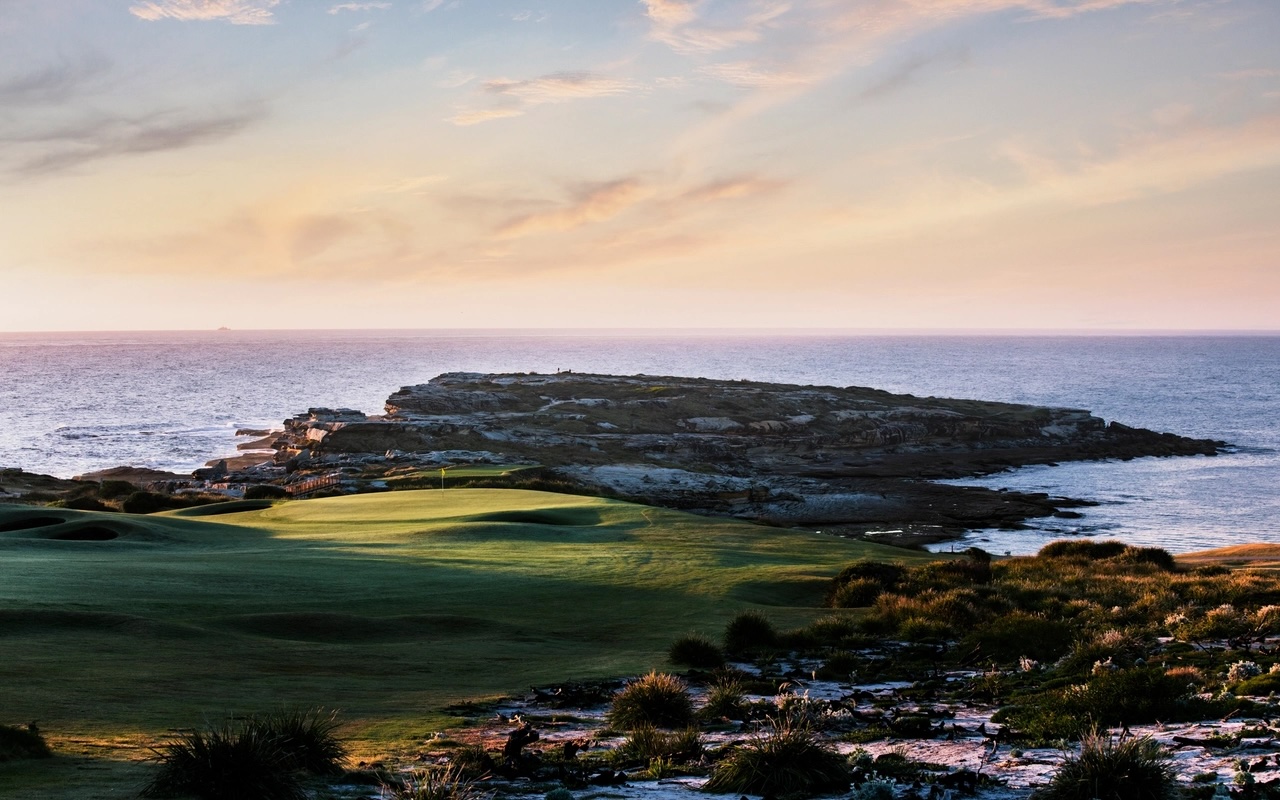War, Politics Eclipse Economics on Davos Leaders’ Minds
Hot and cold wars, fragmenting trade and key elections fuel anxiety at annual forum
Never mind interest rates, inflation or recession. The economic concerns that usually preoccupy the global elite at their annual gathering in Davos are taking a back seat to hot war in Ukraine and the Middle East, cold war between the West and China and watershed elections from India to the U.S.
For government and business leaders, it is a disorienting departure from a world in which fortunes were mainly driven by financial forces. The World Economic Forum, which hosts the meeting, is now the de facto world geopolitical forum.
“There’s a higher-level issue than the economy, which is geopolitics,” said Christian Mumenthaler, chief executive of reinsurance giant Swiss Re, which insures risks around the world. Geopolitics hasn’t been so big an economic threat since the height of the first Cold War in the 1980s, he said.
“We’re starting this year with the longest list I ever recall of potential disruptions,” said Christian Ulbrich, chief executive of real-estate company JLL, which operates around the world. “You really have to run your organisation in an extremely agile way so that you can react immediately.”
Longtime Davos attendees came of age in a world in which products, capital and people flowed ever more freely. But globalisation began fragmenting in 2016 when Britain voted to leave the European Union and Donald Trump was elected president—and who went on to withdraw from a global climate accord and a trade pact with Pacific nations and then hike tariffs sharply, especially on China.
Deglobalisation has gathered speed with the pandemic, Russia’s invasion of Ukraine, the intensifying rivalry between the U.S and China and the newfound appeal of industrial policy—governments directing resources to favoured home industries. That is over and above the hazards thrown up by the natural world, such as extreme weather.
The upshot is that political events that were once peripheral to business leaders’ concerns are now central, especially when optimism is high that major economies will lower inflation without recession, so-called soft landings.
The U.S. election is on everyone’s minds because of the potential for Trump to return to the White House. On Monday, Trump won the first Republican nominating contest, in Iowa, by a wide margin.
“Every conversation begins with a query about my assessment of the outcome of Iowa, who’s going to win New Hampshire, and what are the odds of Trump 2.0,” said Tim Adams, president of the Institute of International Finance, a Washington-based group of international banks, and a former senior Treasury official under President George W. Bush. The questions are driven by trepidation, curiosity and fear that “the U.S. retreats, engages in protectionism, isolationism.”
One European bank chief said he has conducted “game-boarding exercises” to figure out how a Trump administration could play out for his business.
The U.S. election is one of many taking place this year, and for some companies, it isn’t necessarily the most salient. Last Saturday, Taiwan elected as president the candidate most opposed by Communist-ruled China, which is pressing for reunification with the self-governing island. Taiwan is home to Taiwan Semiconductor Manufacturing Co., the world’s dominant supplier of the most advanced microchips.
Many major tech companies depend on those chips. They must reckon with the possibility that military or economic coercion by China, or even war that draws in the U.S., could interrupt that supply. U.S. restrictions on investment and trade related to crucial technologies, including chips, have already disrupted what was once one of the world’s most integrated industries.
The threat to the chip supply “is a risk. That needs to be factored into all analyses you can do,” said Börje Ekholm, chief executive of Swedish telecommunications manufacturer Ericsson. The company has been focused on diversifying its supply chain for semiconductors and other parts since 2018, he said. “You also need to think about how you’re going to manage the situation where chip supply will be constrained.”
Gita Gopinath, the No. 2 official at the International Monetary Fund, said business leaders are worried about geopolitics interfering with trade and investment for good reason: “Fragmentation is a reality, it’s not just a threat.”
While trade has slowed everywhere since Russia’s invasion of Ukraine, it has slowed down more between blocs of allied countries—such as between the West and China or Russia—than within blocs. She said this shows that efforts to confine trade restrictions to strategic sectors, such as high tech, are failing, and a more general decoupling between blocs might be under way.
A study released by the McKinsey Global Institute Wednesday echoed the IMF’s findings. China, Germany, the United Kingdom and the U.S. have all reoriented trade toward allies or nonaligned countries like Mexico and Vietnam, it said
China’s share of U.S. imports of laptop computers and mobile phones, though not subject to tariffs, fell between 2017 and 2022, with much of that share going to Vietnam, the report said. Mexico, it noted, became the largest trade partner of the U.S. last year. Germany all but halted imports of natural gas from Russia while vastly increasing imports from Norway, a fellow member of the North Atlantic Treaty Organization.
That politics, not economics, might govern where companies sell and invest is a new reality that is taking some getting used to. Mike Henry, chief executive of Australian coal and mineral company BHP, said the company has always advocated free trade as the most efficient way to bring commodities to market. “A world of open trade and where countries are able to compete on natural advantage—that’s the world of the past. That’s not the reality we live in today.”
A few years ago China, upset with Australia for demanding an inquiry into Covid’s origins, cut many imports from the country, including coal from BHP, which saw its sales there fall. Though relations between Australia and China have since improved, BHP has since found other markets for that coal. Still, Henry said that in time, economic factors such as shipping rates will once again influence where it sells.
Some executives see hopeful signs, in particular that a rapprochement between China and the U.S. that began last fall will continue, in part because China is trying to help its faltering economy.
Geopolitical tensions also have beneficiaries. After artificial intelligence, the loudest buzz in Davos might be directed at India. Many executives called it their most promising foreign market, and its appeal has only grown now that Russia and much of China are off limits.
“When disruptions take place, people are trying to hedge,” said Hardeep Singh Puri, India’s minister of oil and gas. “But India has a growth story of its own. That is what is driving interest in India.”
For some companies, geopolitical tensions are weighing on employees, not just management. “People are concerned about what’s going on in the world,” JLL’s Ulbrich said. Conflict, or the threat of it, in Europe, Israel/Gaza and China weighs on people, he added. “They don’t know what’s going to happen and look to other people, leaders, for what’s going to happen, but leaders don’t know either.”
—Chip Cutter and Alex Frangos contributed to this article.
 Copyright 2020, Dow Jones & Company, Inc. All Rights Reserved Worldwide. LEARN MORE
Copyright 2020, Dow Jones & Company, Inc. All Rights Reserved Worldwide. LEARN MORE
This stylish family home combines a classic palette and finishes with a flexible floorplan
Just 55 minutes from Sydney, make this your creative getaway located in the majestic Hawkesbury region.
Impact investing is becoming more mainstream as larger, institutional asset owners drive more money into the sector, according to the nonprofit Global Impact Investing Network in New York.
In the GIIN’s State of the Market 2024 report, published late last month, researchers found that assets allocated to impact-investing strategies by repeat survey responders grew by a compound annual growth rate (CAGR) of 14% over the last five years.
These 71 responders to both the 2019 and 2024 surveys saw their total impact assets under management grow to US$249 billion this year from US$129 billion five years ago.
Medium- and large-size investors were largely responsible for the strong impact returns: Medium-size investors posted a median CAGR of 11% a year over the five-year period, and large-size investors posted a median CAGR of 14% a year.
Interestingly, the CAGR of assets held by small investors dropped by a median of 14% a year.
“When we drill down behind the compound annual growth of the assets that are being allocated to impact investing, it’s largely those larger investors that are actually driving it,” says Dean Hand, the GIIN’s chief research officer.
Overall, the GIIN surveyed 305 investors with a combined US$490 billion under management from 39 countries. Nearly three-quarters of the responders were investment managers, while 10% were foundations, and 3% were family offices. Development finance institutions, institutional asset owners, and companies represented most of the rest.
The majority of impact strategies are executed through private-equity, but public debt and equity have been the fastest-growing asset classes over the past five years, the report said. Public debt is growing at a CAGR of 32%, and public equity is growing at a CAGR of 19%. That compares to a CAGR of 17% for private equity and 7% for private debt.
According to the GIIN, the rise in public impact assets is being driven by larger investors, likely institutions.
Private equity has traditionally served as an ideal way to execute impact strategies, as it allows investors to select vehicles specifically designed to create a positive social or environmental impact by, for example, providing loans to smallholder farmers in Africa or by supporting fledging renewable energy technologies.
Future Returns: Preqin expects managers to rely on family offices, private banks, and individual investors for growth in the next six years
But today, institutional investors are looking across their portfolios—encompassing both private and public assets—to achieve their impact goals.
“Institutional asset owners are saying, ‘In the interests of our ultimate beneficiaries, we probably need to start driving these strategies across our assets,’” Hand says. Instead of carving out a dedicated impact strategy, these investors are taking “a holistic portfolio approach.”
An institutional manager may want to address issues such as climate change, healthcare costs, and local economic growth so it can support a better quality of life for its beneficiaries.
To achieve these goals, the manager could invest across a range of private debt, private equity, and real estate.
But the public markets offer opportunities, too. Using public debt, a manager could, for example, invest in green bonds, regional bank bonds, or healthcare social bonds. In public equity, it could invest in green-power storage technologies, minority-focused real-estate trusts, and in pharmaceutical and medical-care company stocks with the aim of influencing them to lower the costs of care, according to an example the GIIN lays out in a separate report on institutional strategies.
Influencing companies to act in the best interests of society and the environment is increasingly being done through such shareholder advocacy, either directly through ownership in individual stocks or through fund vehicles.
“They’re trying to move their portfolio companies to actually solving some of the challenges that exist,” Hand says.
Although the rate of growth in public strategies for impact is brisk, among survey respondents investments in public debt totaled only 12% of assets and just 7% in public equity. Private equity, however, grabs 43% of these investors’ assets.
Within private equity, Hand also discerns more evidence of maturity in the impact sector. That’s because more impact-oriented asset owners invest in mature and growth-stage companies, which are favored by larger asset owners that have more substantial assets to put to work.
The GIIN State of the Market report also found that impact asset owners are largely happy with both the financial performance and impact results of their holdings.
About three-quarters of those surveyed were seeking risk-adjusted, market-rate returns, although foundations were an exception as 68% sought below-market returns, the report said. Overall, 86% reported their investments were performing in line or above their expectations—even when their targets were not met—and 90% said the same for their impact returns.
Private-equity posted the strongest results, returning 17% on average, although that was less than the 19% targeted return. By contrast, public equity returned 11%, above a 10% target.
The fact some asset classes over performed and others underperformed, shows that “normal economic forces are at play in the market,” Hand says.
Although investors are satisfied with their impact performance, they are still dealing with a fragmented approach for measuring it, the report said. “Despite this, over two-thirds of investors are incorporating impact criteria into their investment governance documents, signalling a significant shift toward formalising impact considerations in decision-making processes,” it said.
Also, more investors are getting third-party verification of their results, which strengthens their accountability in the market.
“The satisfaction with performance is nice to see,” Hand says. “But we do need to see more about what’s happening in terms of investors being able to actually track both the impact performance in real terms as well as the financial performance in real terms.”
This stylish family home combines a classic palette and finishes with a flexible floorplan
Just 55 minutes from Sydney, make this your creative getaway located in the majestic Hawkesbury region.






















